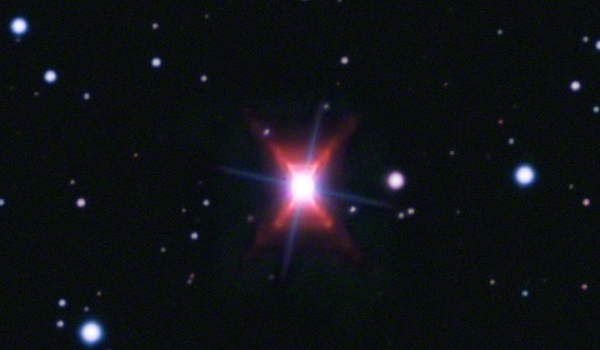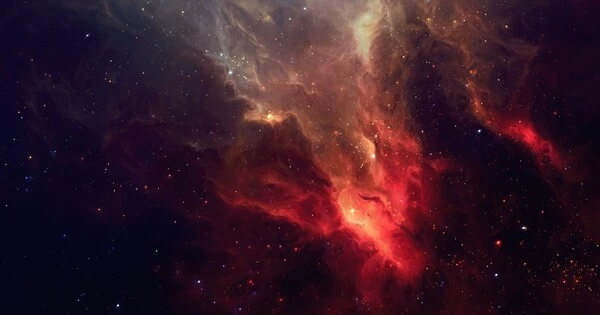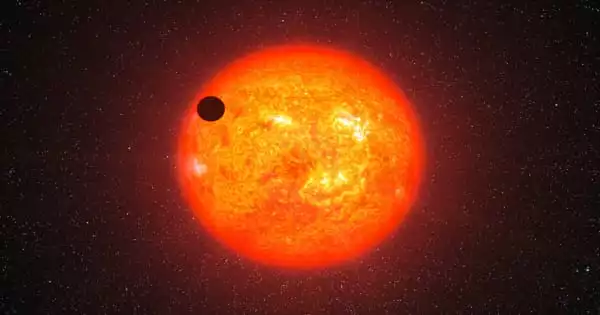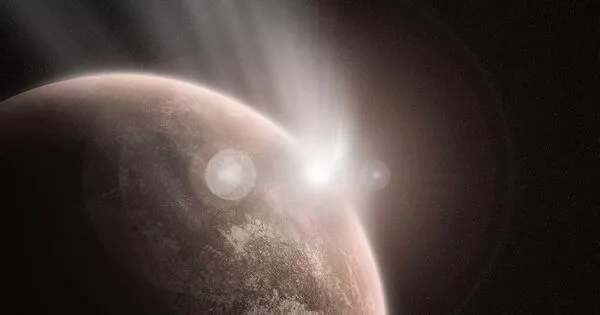The Red Rectangle Nebula (also known as HD 44179) is a planetary nebula located about 2,300 light-years away from Earth in the constellation Monoceros. It is called the “Red Rectangle” due to its distinctive shape, which is a rectangle of reddish emission from the nebula, created by the outflow of gas from a dying star. The nebula has a unique, symmetrical appearance due to the presence of two perpendicular sets of bipolar lobes. The exact mechanisms responsible for the formation of this unusual shape are still not well understood.
It gets its name from its distinctive shape, which appears as a red rectangle in telescope images. The red color is produced by the emission of hydrogen gas, which has been excited by ultraviolet radiation from the central star. The nebula is about 2,300 light-years away from Earth and is one of the few planetary nebulae known to have a complex, asymmetrical shape.
The Red Rectangle Nebula is believed to be a late stage in the life of a star similar to our sun, and provides insight into the processes of stellar evolution and the formation of planetary nebulae.

Characteristics
High-resolution images in visible and near-infrared light show it to be a highly symmetric, compact bipolar nebula with X-shaped spikes, implying anisotropic dispersion of the circumstellar material. The central binary system is completely obscured, allowing no direct light to pass through.
The Red Rectangle has a high concentration of polycyclic aromatic hydrocarbons (PAHs). The presence of such carbon-bearing macromolecules in the X-shaped nebular component, despite the fact that the equatorial regions are known to contain silicate-rich dust grains and O-bearing molecules, was interpreted as a change in the primary star’s O/C abundance ratio during its late evolution.
PAHs, on the other hand, could be formed as a result of the formation of a central photondissociation region, a region in which very active chemistry appears due to the dissociation of stable molecules by the central stellar system’s UV emission. The Red Rectangle was the first nebula discovered to have an equatorial disk in rotation (the existence of such disks has been demonstrated only in a few of these objects, only expansion is observed in most of them). The disk, however, absorbs the stellar light and is barely visible in the stunning optical image, which primarily depicts a relatively diffuse outflow made up of material extracted from the denser disk.
The Hubble Space Telescope has discovered a plethora of new features in the Red Rectangle that ground-based telescopes looking through Earth’s turbulent atmosphere cannot see. Many of the features of this dying star, particularly its X-shaped image, are still hidden or even outright mysterious.
















